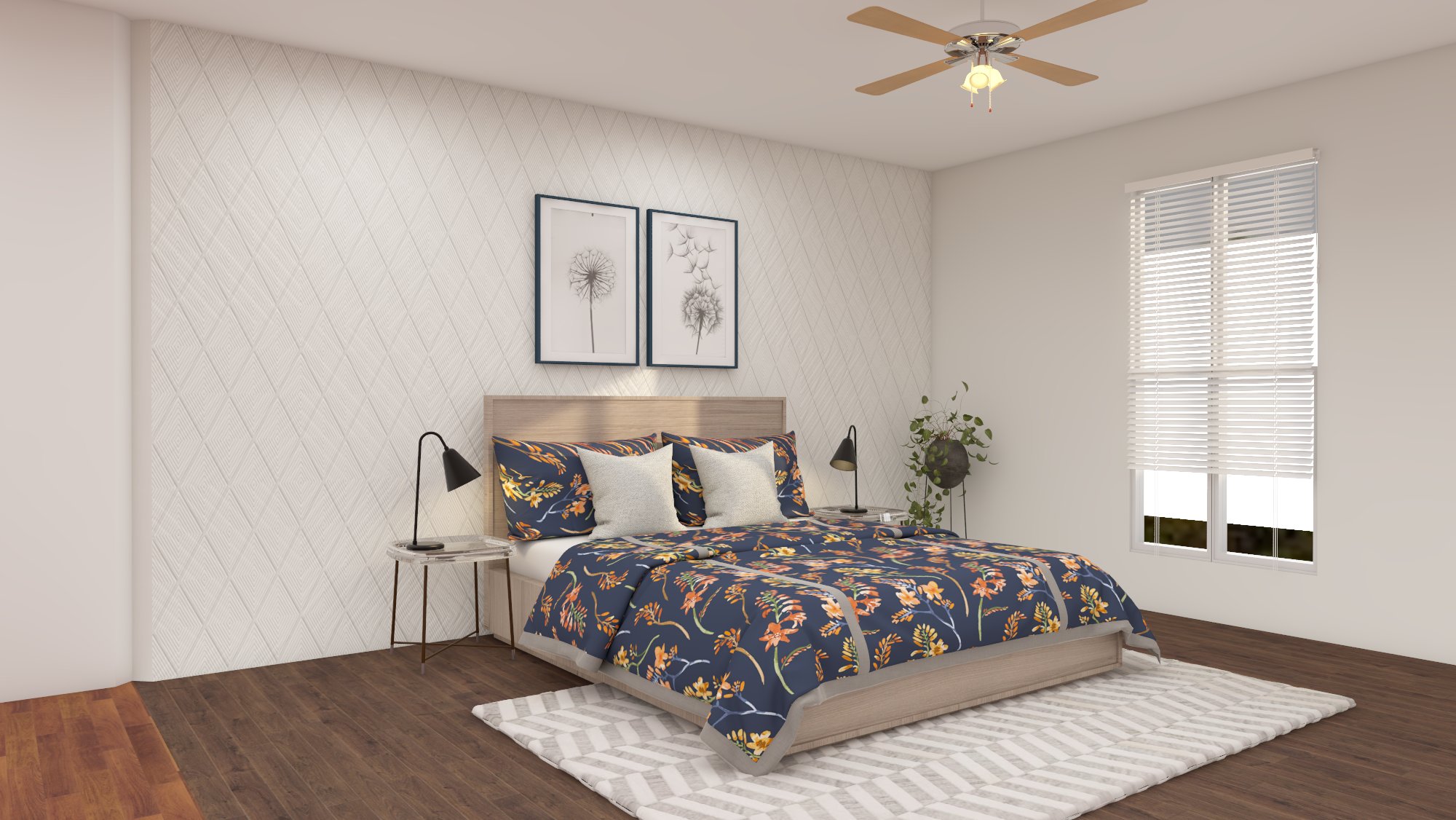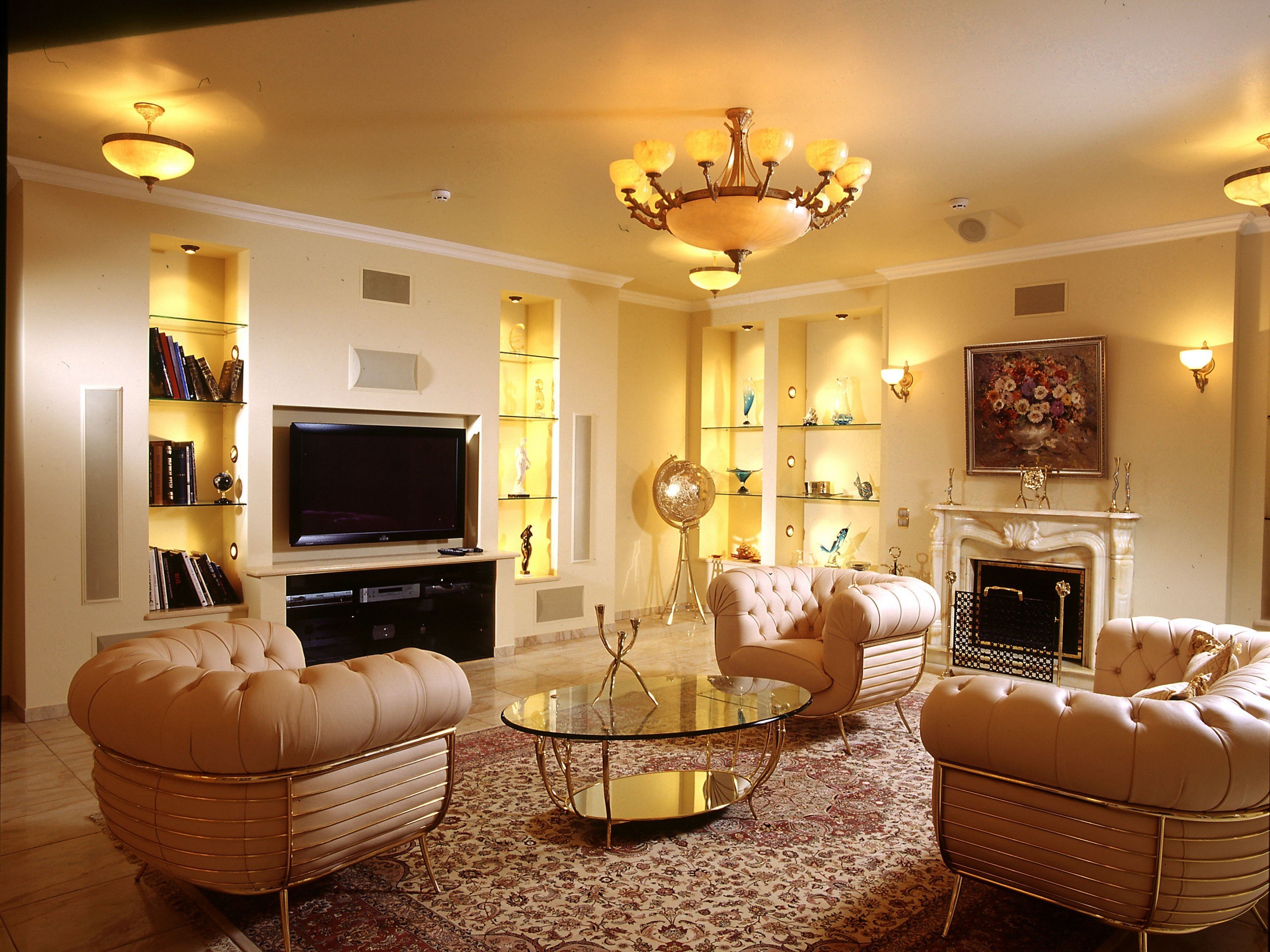Design Concepts and Inspiration

Design your room – Interior design, the art of enhancing the interiors of a space, is guided by fundamental principles that shape its aesthetics and functionality. These principles include balance, proportion, rhythm, emphasis, and harmony. By understanding and applying these principles, you can create a cohesive and visually appealing design scheme.
Hey, let’s talk about making your room look amazing. If you’re into city vibes, you gotta check out this night city wallpaper. It’ll turn your room into a neon wonderland. But don’t just stop there. Add some cozy cushions and maybe a beanbag for a touch of comfort.
Trust me, your room will be the coolest spot in town!
Popular Design Styles
Various design styles have emerged over time, each with distinct characteristics and influences. Some popular styles include:
- Traditional: Characterized by classic, ornate furnishings, rich fabrics, and a timeless elegance.
- Modern: Emphasizes clean lines, geometric shapes, and functional simplicity.
- Scandinavian: Known for its minimalist approach, natural materials, and cozy ambiance.
- Bohemian: Embraces eclecticism, vibrant colors, and a mix of patterns and textures.
- Industrial: Incorporates raw materials like exposed brick, metal, and concrete, creating a rustic and edgy aesthetic.
Finding Inspiration and Creating a Cohesive Scheme
Inspiration for your design can be found everywhere, from nature to art and architecture. Collect images, swatches, and ideas that resonate with you. To create a cohesive scheme, consider the following tips:
- Define your style: Identify the design style that best reflects your personality and preferences.
- Choose a color palette: Select a limited number of colors that complement each other and create a harmonious ambiance.
- Mix and match textures: Introduce a variety of textures to add visual interest and depth to your space.
- Accessorize with intention: Use accessories to enhance the design scheme and add personal touches.
- Consider the scale: Ensure that furniture and decor are appropriately sized for the space.
Functional Planning and Space Optimization: Design Your Room

Room design isn’t just about making it pretty; it’s also about making it work. Before you start picking out furniture and decor, you need to think about how you’re going to use the room and how to make the most of the space you have. Here are a few tips for functional planning and space optimization:
Consider room size, shape, and purpose
The first step is to take stock of the room you’re working with. What are its dimensions? What’s the shape? What do you want to use the room for? Once you know these things, you can start to plan a layout that makes sense.
Maximize space and create a functional layout
The key to maximizing space is to use every inch wisely. This means thinking vertically as well as horizontally. Use shelves and cabinets to store items off the floor, and hang things on the walls to free up space. You can also use furniture to create different zones in the room, such as a seating area, a work area, and a storage area.
Incorporate storage solutions and optimize natural light, Design your room
Storage is essential for keeping a room organized and clutter-free. But it doesn’t have to be boring. There are plenty of stylish storage solutions available, so you can find something that fits your taste and needs. And don’t forget about natural light! Natural light can make a room feel more spacious and inviting, so make sure to take advantage of it by placing windows and doors strategically.
Color, Texture, and Materials

Color plays a vital role in creating a specific ambiance and evoking emotions in a room. For instance, warm colors like red and orange can create a cozy and energetic atmosphere, while cool colors like blue and green can promote relaxation and tranquility. Textures add depth and interest to a space. Rough textures, such as burlap or stone, can create a rustic feel, while smooth textures, such as silk or velvet, can create a more elegant look.
Selecting and Combining Materials
When selecting materials for your room, consider the desired aesthetic and functionality. For example, if you want to create a modern look, you might choose materials like glass, metal, and concrete. If you want to create a more traditional look, you might choose materials like wood, stone, and fabric. It’s important to consider the durability and maintenance requirements of different materials as well. For example, if you have pets or children, you might want to choose materials that are easy to clean and withstand wear and tear.
Guys, are you bored with the look of your room? Time to redesign! First, let’s start with the small details like changing your ipad air wallpaper. It’s like a new outfit for your tablet, but on the screen. Once you’ve got a fresh wallpaper, you can move on to bigger changes like rearranging your furniture or adding some new decor.
Trust me, a little bit of effort can make a big difference in the overall vibe of your room.
